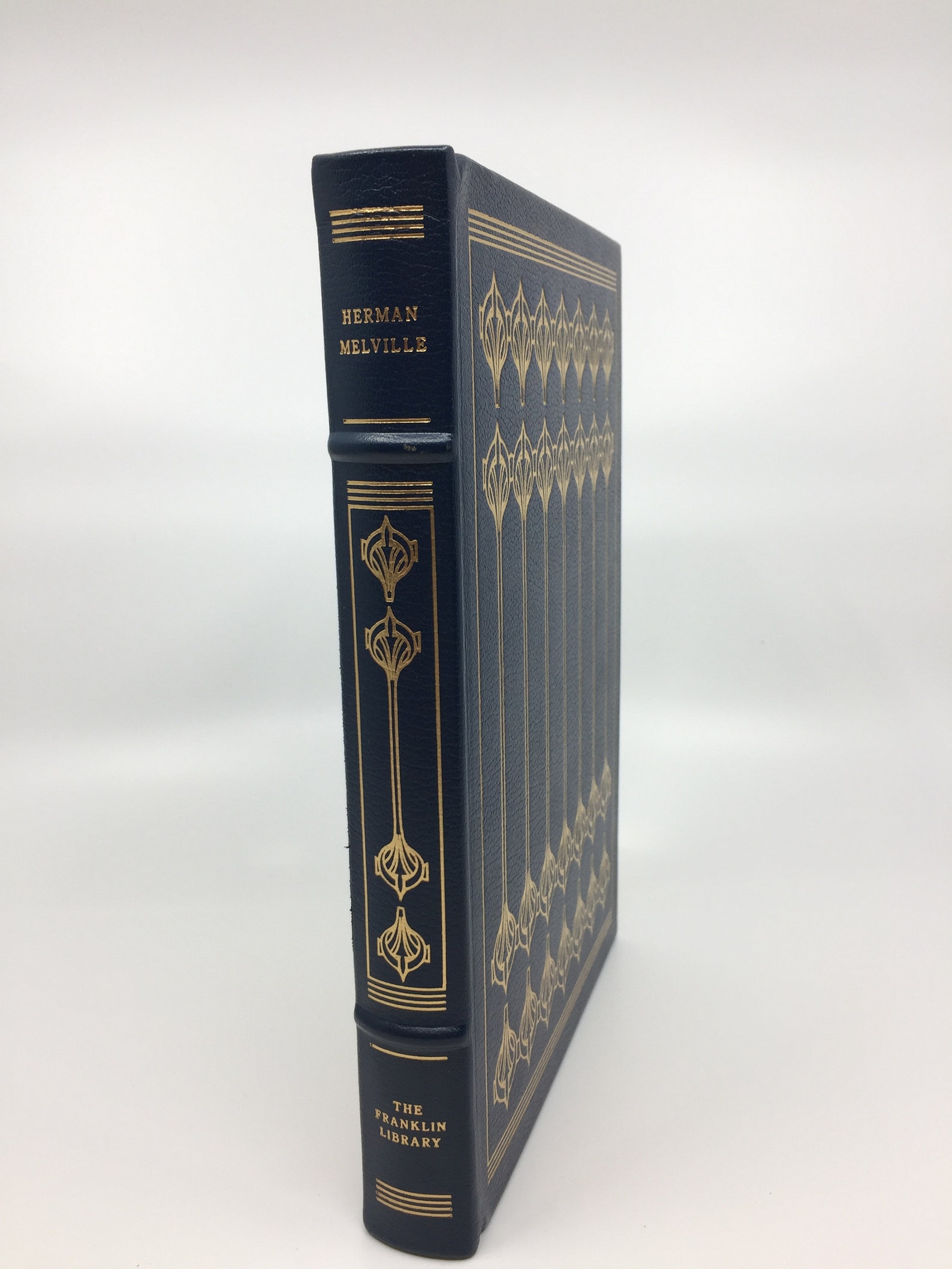
However, in the writing of it inspired in part by conversations with his friend and neighbor Hawthorne and partly by his own irrepressible imagination and reading of Shakespeare and other Renaissance dramatists Melville turned the book into something so strange that, when it appeared in print, many of his readers and critics were dumbfounded, even outraged.

Moby Dick (1851) also began as an adventure story, based on Melville's experiences aboard the whaling ship. During the next several years, Melville published three more romances that drew upon his experiences at sea: Redburn (1849) and White-Jacket (1850), both fairly realistic accounts of the sailor's life and depicting the loss of innocence of central characters and Mardi (1849), which, like the other two books, began as a romance of adventure but turned into an allegorical critique of contemporary American civilization. Both were popular successes, particularly Typee, which included a stay among cannibals and a romance with a South Sea maiden. Melville's first two books, Typee (1846) and Omoo (1847), were partly romance and partly autobiographical travel books set in the South Seas. His experiences at sea during the next four years were to form in part the basis of his best fiction. Without enough money to gain the formal education that professions required, Melville was thrown on his own resources and in 1841 sailed off on a whaling ship bound for the South Seas. That security vanished when first, the family business failed, and then, two years later, in young Melville's thirteenth year, his father died. Herman Melville (AugSeptember 28, 1891) was born into a seemingly secure, prosperous world, a descendant of prominent Dutch and English families long established in New York State.


 0 kommentar(er)
0 kommentar(er)
